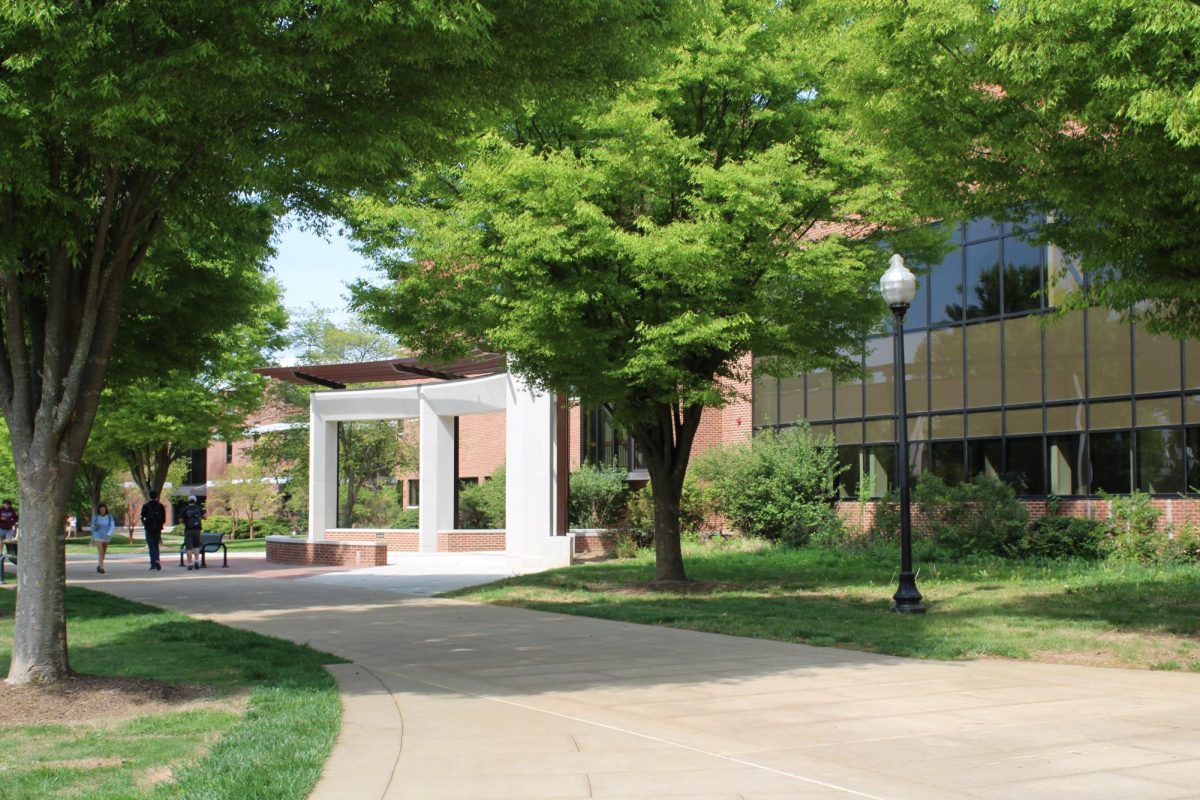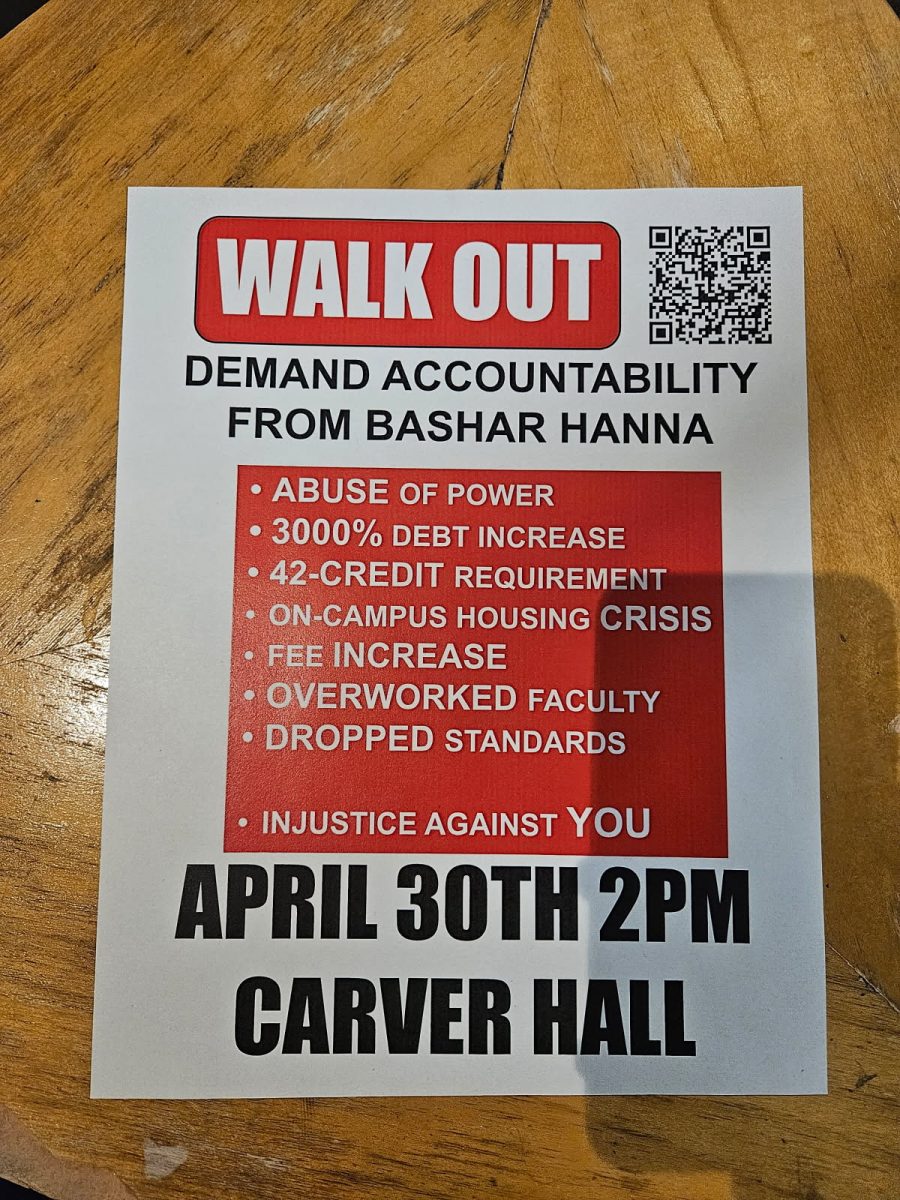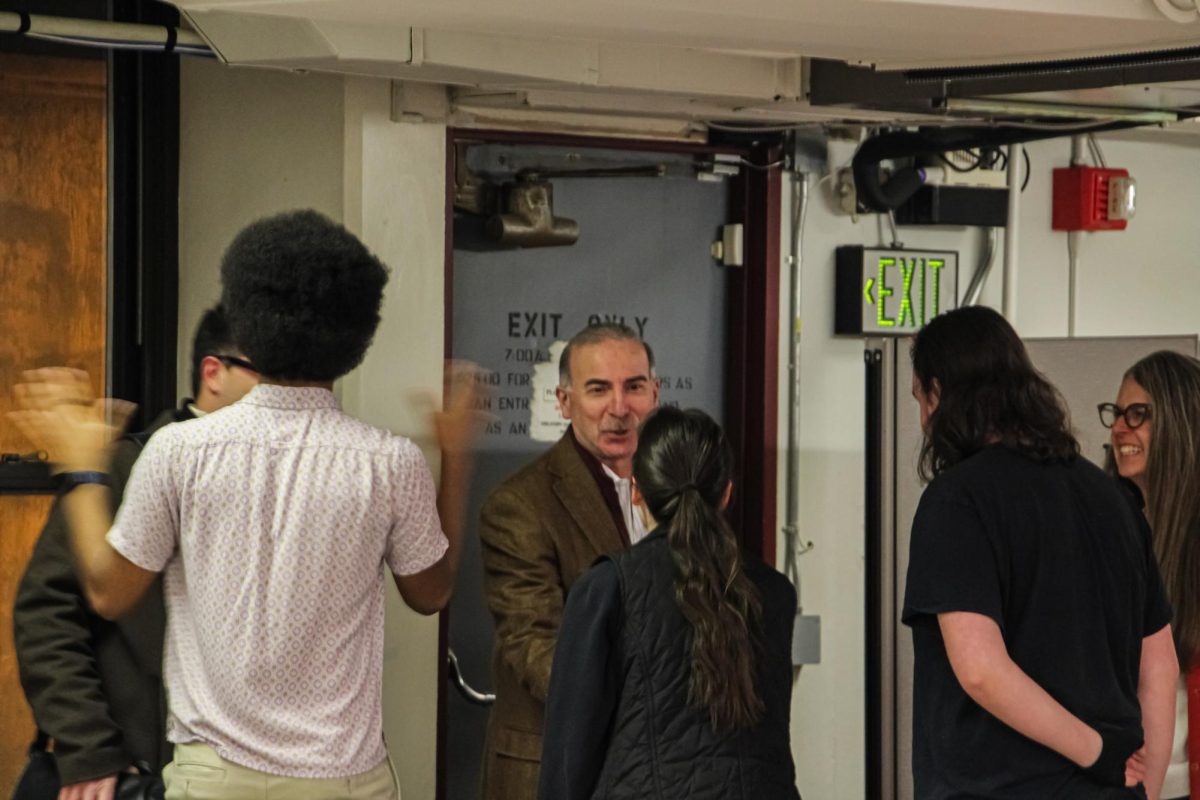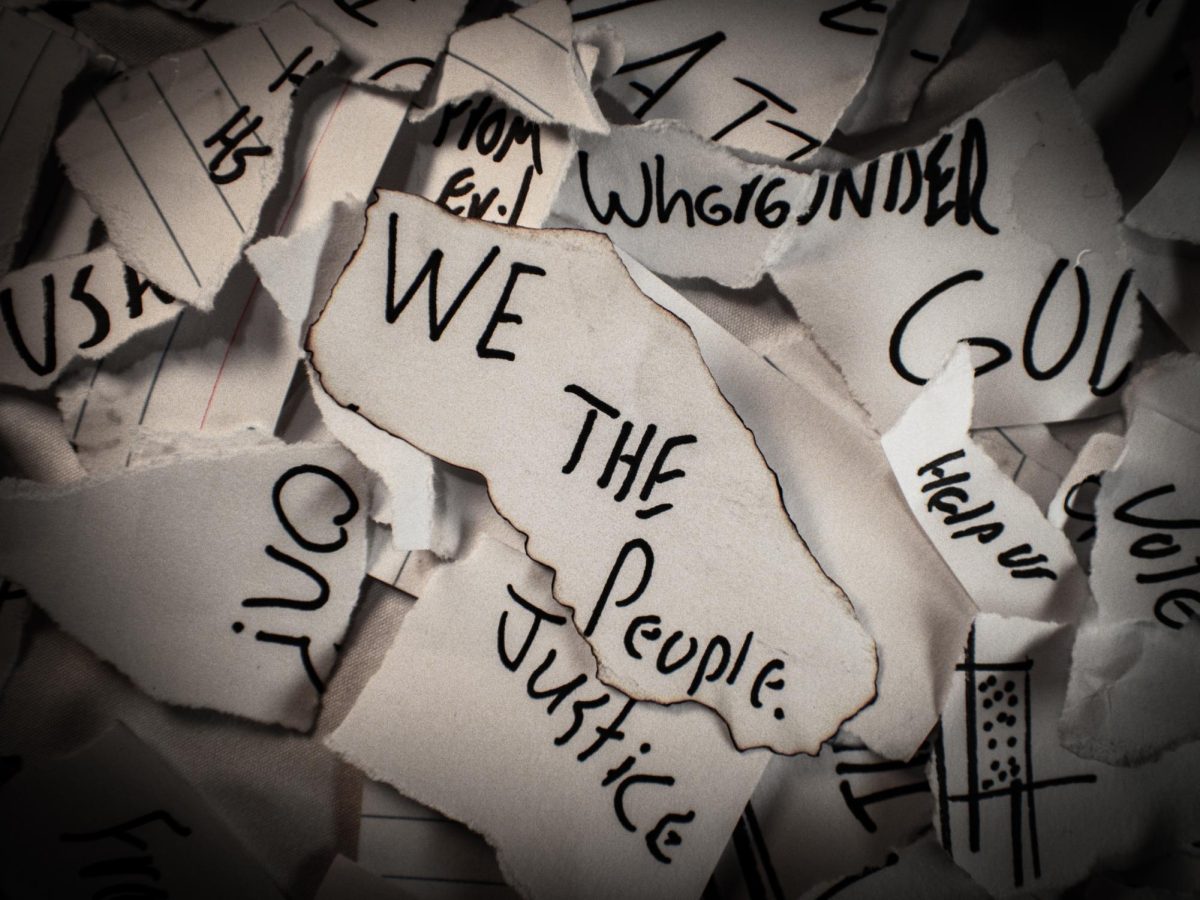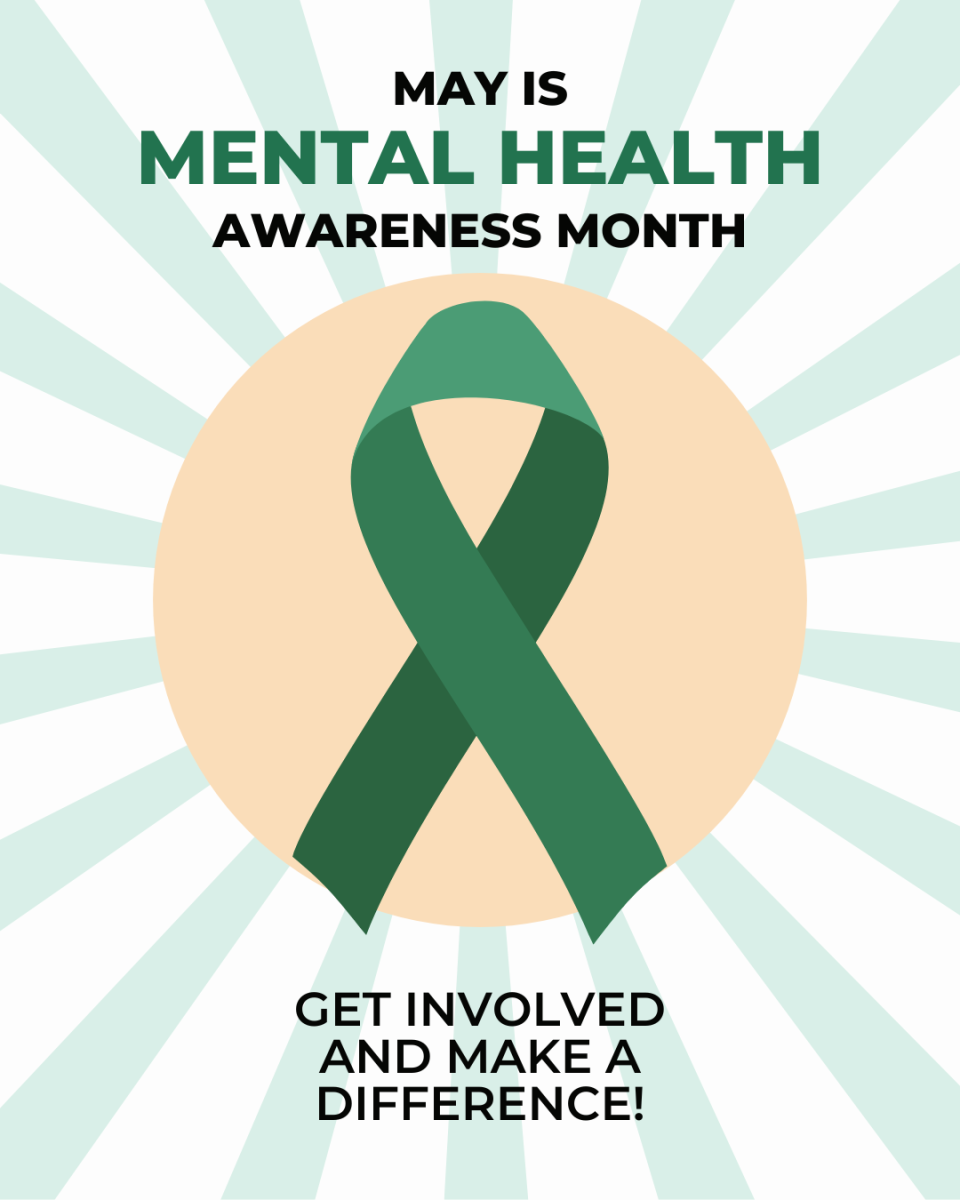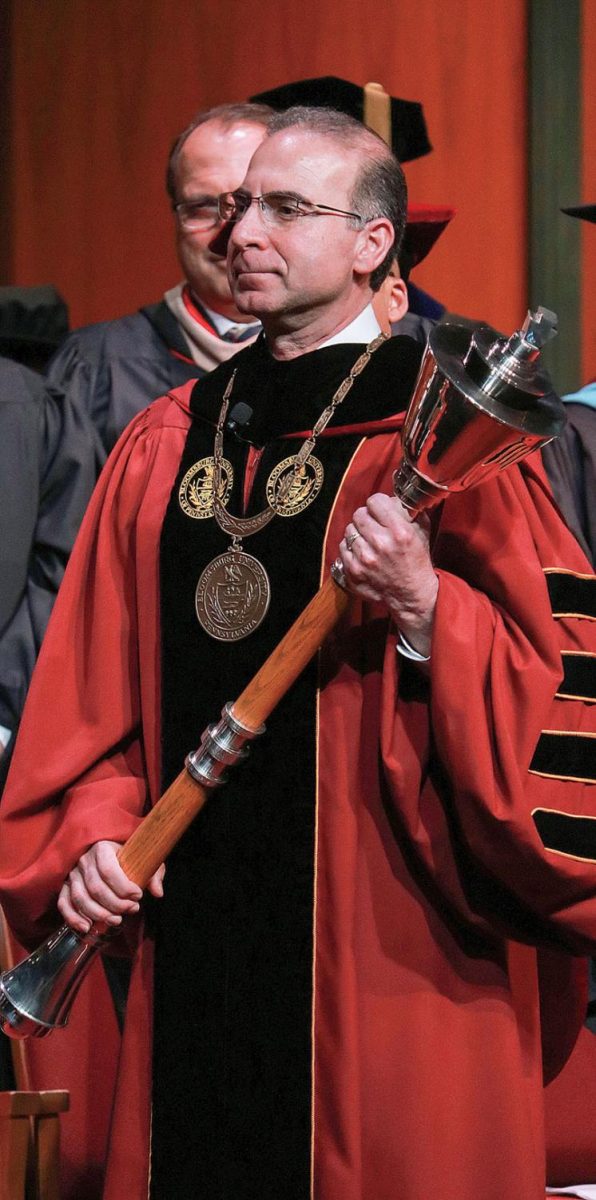The science-fantasy adventure film that is “A Wrinkle in Time” is a spectacle you don’t want to miss. It is a touching film with an impactful message about healing and empowerment, overcoming personal struggles and the idea that love can conquer all.
Though it has been getting average reviews from Rotten Tomatoes and Metacritic, there are still a few saving graces: the computer-generated visuals that deliver stunning new imagery of astral travel and other-worldly settings, a deep sense of character connection and the real-world applications of the film.
The adventure starts off with a rounding-up of characters, which might leave the audience a bit detached from secondary characters and from the mission at hand. But by trading story foundations for suspension of disbelief, the action ramps up quickly and the character development blossoms.
With the ragtag crew of young adventurers and a cast of astral guides, this is a diverse team of heroes that doesn’t feel like it’s just fulfilling a check-box: it’s simply a fact of their world, very much like our own.
Sure, it’s a science-fantasy flick, but “A Wrinkle in Time” is based in our reality. The film is built around the struggles of a gifted but troubled young girl, Meg Murray (Storm Reid), and her struggles with the trauma of her father’s mysterious disappearance. From top student to outcast, Meg’s journey through grief and self-esteem issues is heavy and tangible, leaving the audience with a palpable sense of sadness.
The film does a good job of showing the realities that mental health can have – not only on the individual, but how it will impact their academic and social lives. Giving audiences, especially young audiences, a realistic character who goes through the stages of grief and healing also gives a narrative that people can be inspired by.
The most important thing about Meg is her ability to be a hero, regardless of all she’s been through. It would have been easy to give Meg an alien-tech boon from one of the astral guides, or hand her a superpower through the magic of science, but what saved the day was her own personality. Despite her suspicion, her stubbornness and her anger, Meg’s love for her family and selflessness is what wins out. Showing the audience a character who can be described as a “good person who can do bad things” better fits our complex worldview.
So, what does this mean for film going forward? Well, in terms of sales, “A Wrinkle in Time” and “Black Panther” held second and first place, respectively, in the box office on the opening weekend for “A Wrinkle in Time.” Not only is that feat enough to help change the course for diverse stories in film, but director Ava DuVernay became the first woman of color to direct a live-action film with a production budget of over $100 million.
Hopefully, this will start a new, more inclusive path in creative staffing and behind-the-scenes crews. Hearing marginalized voices in the creative world helps give rise to young filmmakers, unafraid to follow their dreams now that they have a role model.
Not only was the feat of the film impressive, but the direction and writing of the film broke Hollywood molds. There are Hollywood film tropes that pervade female-protagonist and women-of-color-protagonist stories, and honestly, “A Wrinkle in Time” does a competent job of crushing all of them.
For example, there is no “White Savior” trope, in which a white, male character has to “come in a save the day,” something that could have been written in, given that Meg’s father (Chris Pine) is a brilliant white astrophysicist. There are other good ones in there, but for the sake of not spoiling anything, they’ll go unmentioned (hint, hint, go see the film!).
My hope (and that of others who attended the film) is that “A Wrinkle in Time” adds to the evidence that women of color are worthy of opportunities in Hollywood, but also worthy of success stories, moments of triumph, and narratives that empower youth and adults alike.
Knowing films like this are being made and viewed en masse by the public is a sign that we as consumers are moving into a more inclusive and complex film industry. There’s a good chance we’ll be wowed by films cut from the same cloth again soon.


Madeline L’engle’s “A Wrinkle in Time” was first published in 1962.



